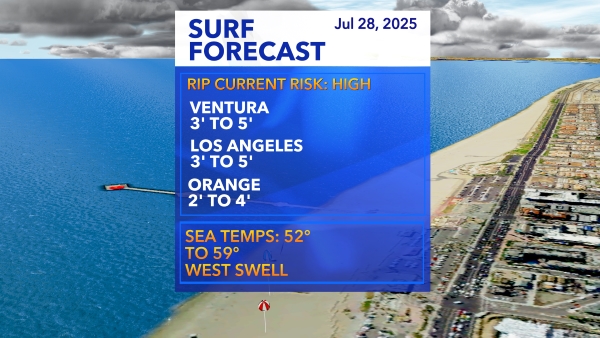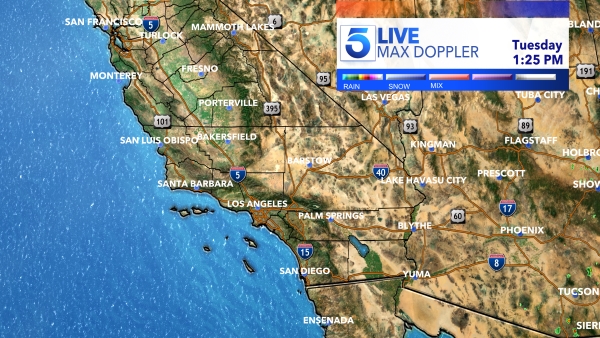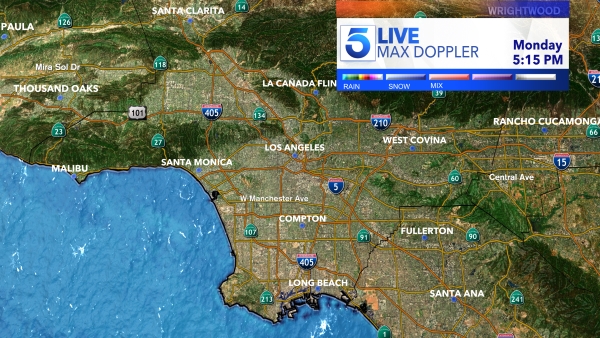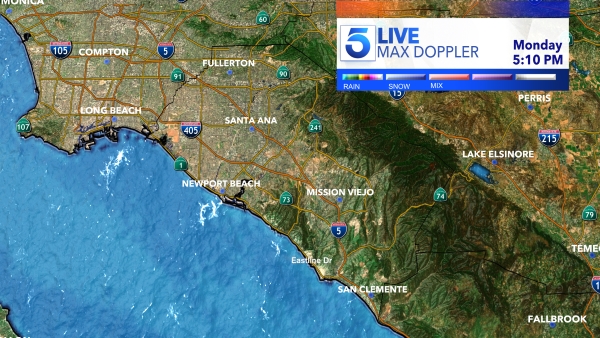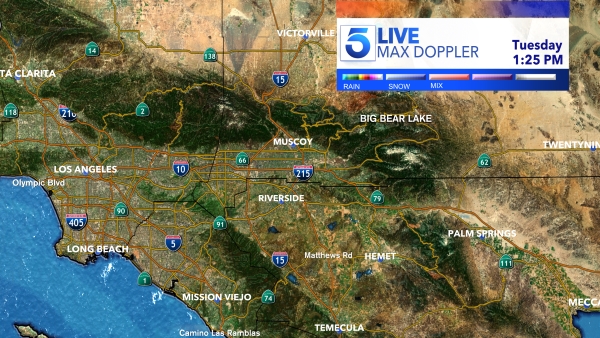TAMPA, Fla. (AP) — Hurricane Milton weakened slightly Tuesday but remained a ferocious storm that could land a once-in-a-century direct hit on the populous Tampa Bay region with towering storm surges and turn debris from Helene’s devastation 12 days ago into projectiles.
Almost the entirety of Florida’s west coast was under a hurricane or tropical storm warning as the storm and its 145 mph (230 kph) winds spun just off Mexico’s Yucatan peninsula, creeping toward the state and sucking energy from the Gulf of Mexico’s warm waters. With the storm expected to remain fairly strong as it crosses Florida, parts of the eastern coast were put under hurricane warnings early Tuesday, as well.
Milton’s center could come ashore Wednesday night in the Tampa Bay area, which has a population of more than 3.3 million people. The county that’s home to Tampa ordered evacuations for areas adjacent to the bay and for all mobile and manufactured homes by Tuesday night.
“You do not have to get on the interstate and go far away,” Gov. Ron DeSantis said at a Tuesday morning news briefing, assuring residents there would be enough gas to fuel their cars for the trip. “You can evacuate tens of miles; you do not have to evacuate hundreds of miles away. You do have options.”
In Riverview, several drivers waiting in a long line for gas Tuesday morning said they have no plans to evacuate.
“I think we’ll just hang, you know – tough it out,” said Martin Oakes, of Apollo Beach. “We got shutters up; the house is all ready. So this is sort of the last piece of the puzzle.”
Ralph Douglas, of Ruskin, said he, too, will stay put, in part because he worries he would run out of gas trying to return after the storm or get blocked by debris.
“Where I’m at right now, I don’t think I need to evacuate,” he said.
DeSantis said the state has been scrambling to remove debris from recent Hurricane Helene, lest the messes become projectiles when Milton strikes. The state has deployed over 300 dump trucks that are working around the clock and have removed 1,200 loads of debris, he said.
After dawn Tuesday, trash trucks trundled up a nearly deserted street in normally bustling Indian Rocks Beach to gather mounds of debris. Sheriff’s deputies used a loudspeaker to urge anyone left to escape as soon as possible.
The National Hurricane Center downgraded Milton early Tuesday to a Category 4 hurricane, but forecasters said it still posed “ an extremely serious threat to Florida.” Milton had intensified quickly Monday, becoming a Category 5 storm before being downgraded.
Forecasters warned the sea could surge as high as 15 feet at Tampa Bay, leading to evacuation orders for beach communities all along the coast. In Florida, that means anyone who stays is on their own and first responders are not expected to risk their lives to rescue them at the height of the storm.
DeSantis said the state has helped evacuate over 200 health care facilities in Milton’s path, and more than 30 county-run shelters are open.
Milton is forecast to remain a dangerous hurricane through landfall and as it crosses central Florida toward the Atlantic Ocean with rainfall totals as high as 18 inches (20 centimeters) possible, according to the hurricane center. That path would largely spare other states ravaged by Helene, which killed at least 230 people on its path from Florida to the Appalachian Mountains.
Tampa Bay has not been hit directly by a major hurricane since 1921, and authorities fear luck is about to run out.
“In the end, it matters where it goes because how it affects people, and if you look at the population in Florida, there’s much more population across the central part of the state than there is in the Big Bend,” said hurricane specialist John Cangialosi, reflecting on Helene’s path.
President Joe Biden approved an emergency declaration for Florida, and the White House announced Tuesday he is postponing a trip to Germany and Angola to monitor Milton, “given the projected trajectory and strength” of the storm. U.S. Rep. Kathy Castor said 7,000 federal workers were helping in one of history’s largest such mobilizations.
“I need people to listen to their local officials to get out of harm’s way,” said Deanne Criswell, administrator of the Federal Emergency Management Agency. “People don’t need to move far. They just need to move inland.”
Stragglers were a problem during Helene and 2022’s Ian. Many residents said they evacuated during previous storms only to have major surges not materialize. But there was evidence Monday that people were getting out before Milton.
Vehicles streamed north on Interstate 75, and traffic clogged the southbound lanes for miles as other residents headed for relative safety on the other side of the state, though nearly all of Florida is expected to see some of Milton’s effects.
About 150 miles (240 kilometers) south of Tampa, Fort Myers Beach was nearly a ghost town. Ian devastated it two years ago, its 15-foot (4.5-meter) storm surge damaging hundreds of homes and businesses. Fourteen people died there. On Monday, the few residents who remained raced to safeguard buildings and belongings. None said they were staying.
Signs of Ian remained visible. Rebuilt homes stood next to others in various stages of construction. Construction supplies like bricks, piping and even workers’ outhouses lined the streets, potential projectiles that could do further damage in a surge or high winds.
At the beach Monday, workers busily emptied The Goodz, a general store. Owner Graham Belger said he moved his “Your Island Everything Store” into a trailer after Ian destroyed his permanent building across the street.
“We’ll rebuild, but it is going to be bad,” he said.
Authorities in the Mexican state of Yucatan reported only minor damage from Milton, which remained just offshore early Tuesday. Power lines, light poles and trees were knocked down near the coast, and some small thatched-roof structures were destroyed, according to Yucatan Gov. Joaquín Díaz, but he did not report any deaths or injuries.
___
Spencer reported from Fort Myers Beach. Contributing to this report were Associated Press writers Holly Ramer in New Hampshire, Curt Anderson and Kate Payne in Tampa, Freida Frisaro in Fort Lauderdale, Seth Borenstein in Washington, and Mark Stevenson in Mexico City.

